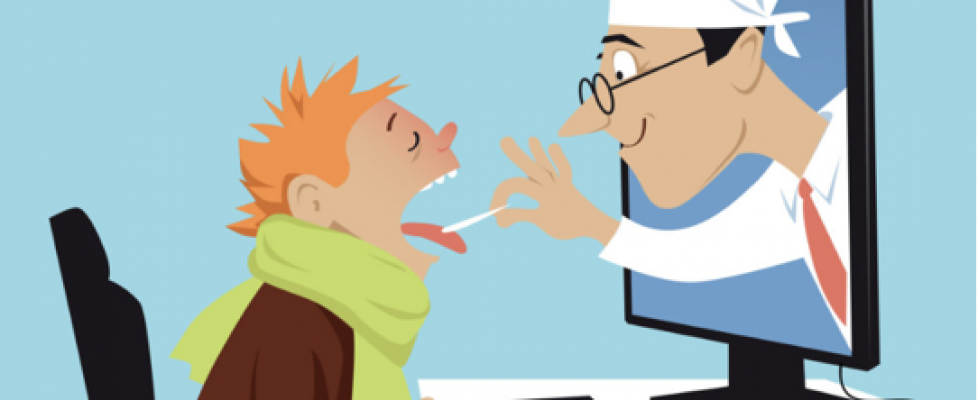Telehealth Has Gone Mainstream
COVID-19 has altered the way we live, day to day. One way it has changed us is how we access healthcare. As diabetics, we must continue to stay connected to our doctors. Telehealth has emerged, during this challenging time, as the safest and most beneficial way for diabetics to connect with their providers regularly. Since the pandemic started back in March, I have had three telehealth visits with my doctors. It was easy. This is the evolution of healthcare…for the better.
Cisco, the parent company of WebEx has developed software for telehealth conferencing that is HIPPA compliant and approved by the Center for Medicare and Medicaid services (CMS). Zoom has done the same.
Telehealth and the technology supporting it is not new. While I was working for Caremore Medical Group, they began a program that provided in-home wireless blood pressure monitoring and wireless weight scales for their patients who have congestive heart failure (CHF). The program has continued since its inception in 2007.
One of the causes of CHF is water build-up around the heart. These patients check their weight and blood pressure daily. The results are automatically sent digitally to the physician’s office monitored by a nurse practitioner. This is one example of how medical professionals have used remote patient monitoring to provide the utmost in care for their patients.
Over the last 15 years, there have been many studies done regarding the benefits of telehealth. Back in 2014, the University of Mississippi collaborated with a network of local and national health technology leaders to build the Mississippi Diabetes Telehealth Network. This benefited many rural patients.
Another study included Skilled Nursing Facilities using remote patient monitoring and reported a reduction of 45% in hospital admissions and more than $8,000 of annual savings per patient.
Diabetic support groups have also gone virtual. Before, some groups have had 5-15 people attend an in person monthly group meeting. With easy access via Zoom or WebEx, organizations and hospitals are now experiencing an attendance boom — up to 50 people attending a virtual diabetes support group meeting.
Taking Control Of Your Diabetes (TCOYD) and DiaTribe hosted their 14th Annual Diabetes Forum, virtually, this past Monday. During the forum, diabetes specialists discussed the state of diabetes care, COVID-19 and telemedicine. Dr. Irl Hirsch, Professor of Medicine at the University of Washington, said at the forum, “We were on a two-year ramp-up to launch telemedicine. Once COVID-19 hit, we ramped up in 9 days.” The State of Washington was ground zero for COVID-19.
Dr. Steve Edelman, founder of TCOYD, stated, “Diabetes is the perfect condition to do telemedicine.”
Dr. Eugene Wright expressed his approval of telehealth. “I find it helpful, as I’m able to see each patient virtually in their own home and surroundings.” Dr. Wright also talked about its value to patient education. “Telehealth is extremely beneficial for diabetes education. People with diabetes should take advantage of access to health coaches,” he added. All the doctors at the forum agreed that nothing beats seeing patients in person, face to face, but they also agreed that this is an important tool to use during the pandemic.
As I have blogged before, technology has benefited diabetics more than ever with the insulin pump and the continuous glucose monitoring. My CGM is now helping me with my telehealth appointments with my doctor. I upload my last three months of glucose results to the cloud, and my doctor now has access to them for our telehealth appointment. My doctor checks these glucose readings for “Time in Range.” My diabetes control is better when my results are between 110 to 155. Many doctors agree that time in range results show better control of blood sugar than an A1C. After all, during the pandemic, I have not been able to get my A1C checked, but I know my time in range results.
There is a silver lining to all of this is. I think about something a doctor recently told me, “Brian, I am seeing patients I have not seen in years because of the easy access to telehealth.”

